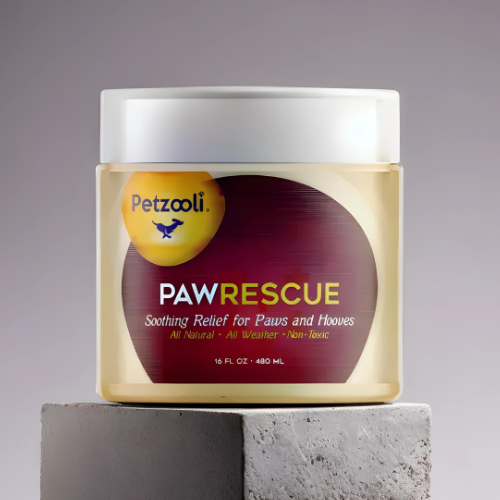
How to Brush Dog Teeth When They Refuse: A Detailed Guide for Health-Conscious Pet Owners
Share
Keeping your dog's teeth clean is crucial for their overall health and well-being. However, many pet owners face the challenge of their dogs refusing to have their teeth brushed. In this comprehensive guide, we'll explore various strategies to help you make tooth-brushing a manageable and possibly even enjoyable experience for you and your pet.

Understanding the Importance of Dental Hygiene for Dogs
Dental hygiene is as important for dogs as it is for humans. Poor dental care can lead to tartar buildup, gum disease, and even serious health problems such as heart disease and kidney issues. Therefore, regular brushing of your dog's teeth is essential.
What Happens If You Neglect Your Dog's Dental Care?
Neglecting your dog's dental care can have dire consequences. This includes bad breath, swollen gums, difficulty eating, and tooth loss. Untreated dental problems can also pave the way for infections that affect your dog's internal organs.

Reasons Why Dogs Refuse Tooth Brushing
Understanding why your dog might be resisting tooth brushing can help you tailor your approach. Common reasons include fear, discomfort, and unfamiliarity with the process.
Fear and Anxiety
Many dogs are fearful of the toothbrush, associating it with vet visits or other stressful experiences. Building a positive association with the brushing tool is key.
Discomfort and Sensitivity
Some dogs have sensitive gums or existing dental issues that make brushing painful. In these cases, it's vital to approach the process gently.

Tips on How to Brush Dog Teeth When They Refuse
To make the tooth-brushing experience enjoyable, follow these tips:
Start Slow
Introduce your dog to the toothpaste and toothbrush gradually. Let them sniff and lick the toothpaste to get used to its taste and texture.
Use High-Quality Dental Products
Utilize products specifically designed for canine dental care. Look for toothpaste with appealing flavors like chicken or beef.
Positive Reinforcement
Praise and reward your dog during and after brushing sessions. Treats and affection can go a long way in making the experience positive.

Alternatives to Brushing
For dogs that are entirely against brushing, there are several alternatives you can consider.
Dental Chews and Toys
Dental chews and toys can help reduce plaque and tartar buildup. These products are designed to clean your dog's teeth while they chew.
Water Additives
Water additives contain ingredients that help control plaque and freshen your dog's breath. Simply add the recommended amount to your dog's water bowl.
Professional Dental Cleanings
If brushing and alternatives are not effective, professional dental cleanings by a vet may be necessary to maintain your dog's dental health.
Frequently Asked Questions
What should I do if my dog refuses to let me brush their teeth?
Start slow, use positive reinforcement, and consider consulting your vet for advice.
How often should I brush my dog's teeth?
It's ideal to brush your dog's teeth daily, but even a few times a week can make a significant difference.
Can I use human toothpaste for my dog?
No, human toothpaste contains ingredients that can be harmful to dogs. Always use toothpaste formulated for dogs.
For more information on brushing your dog's teeth, visit How to Brush Dog Teeth, GoodRx Pet Health Guide, and How Often to Brush Dog Teeth.
As an Amazon Associate, I earn from qualifying purchases.
